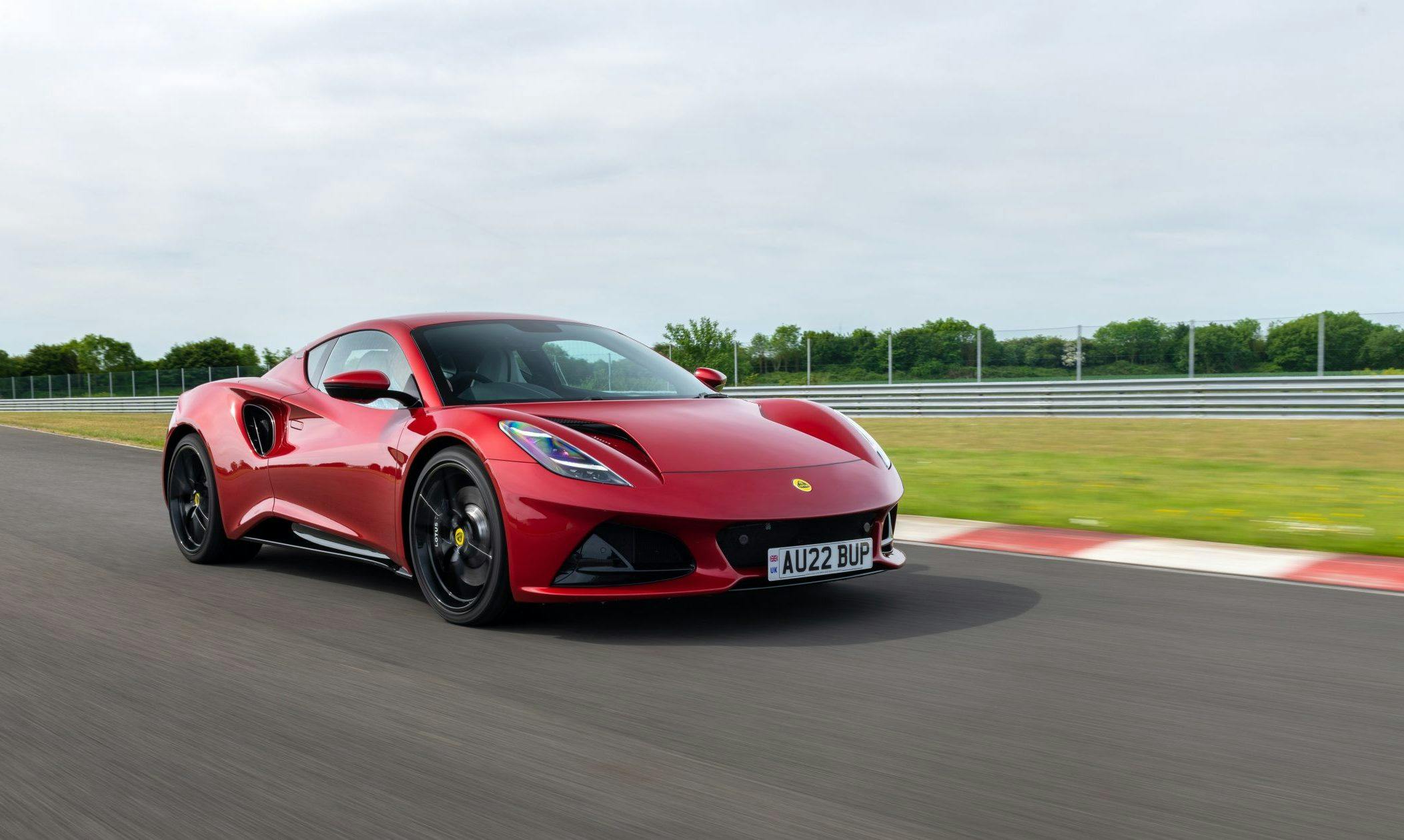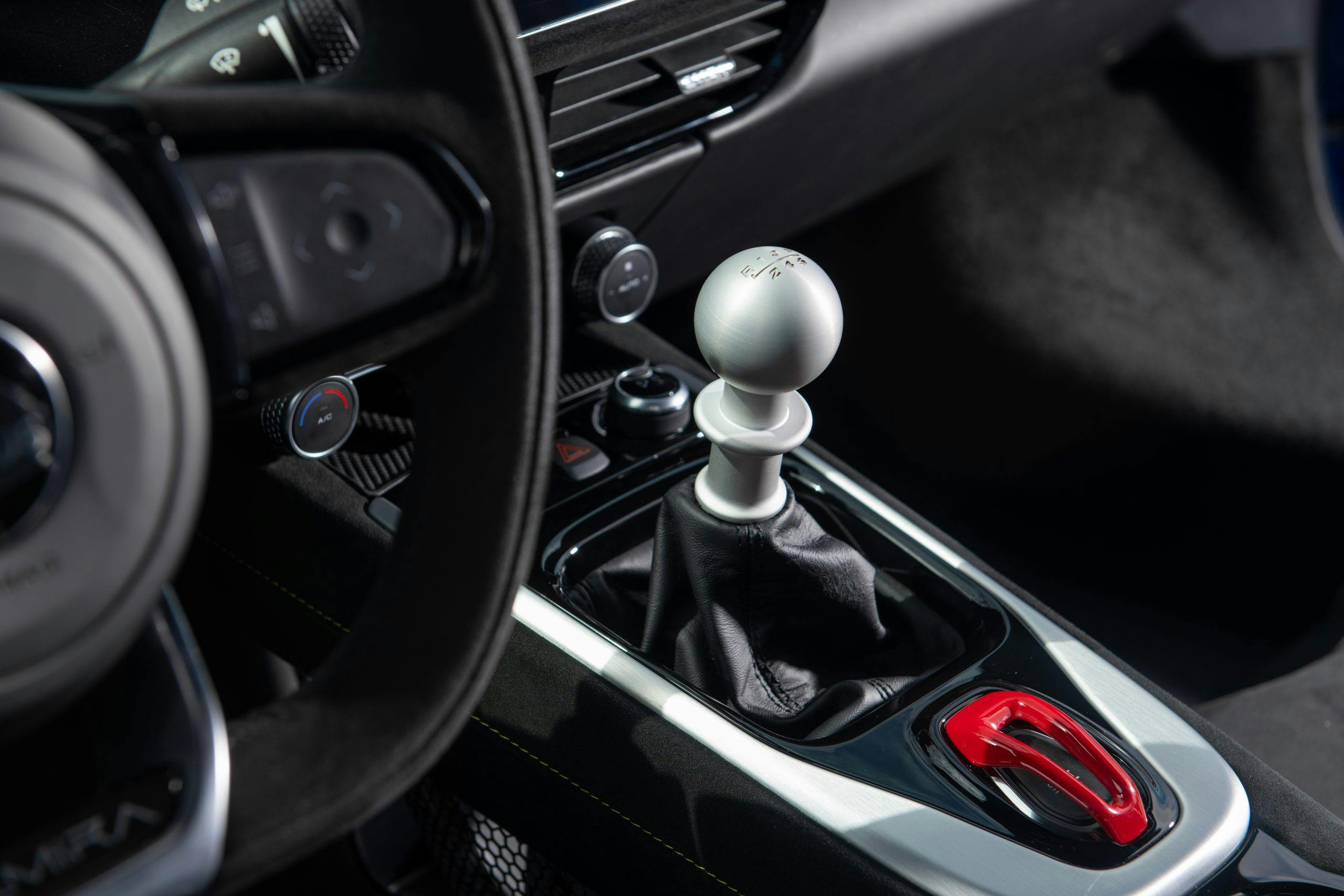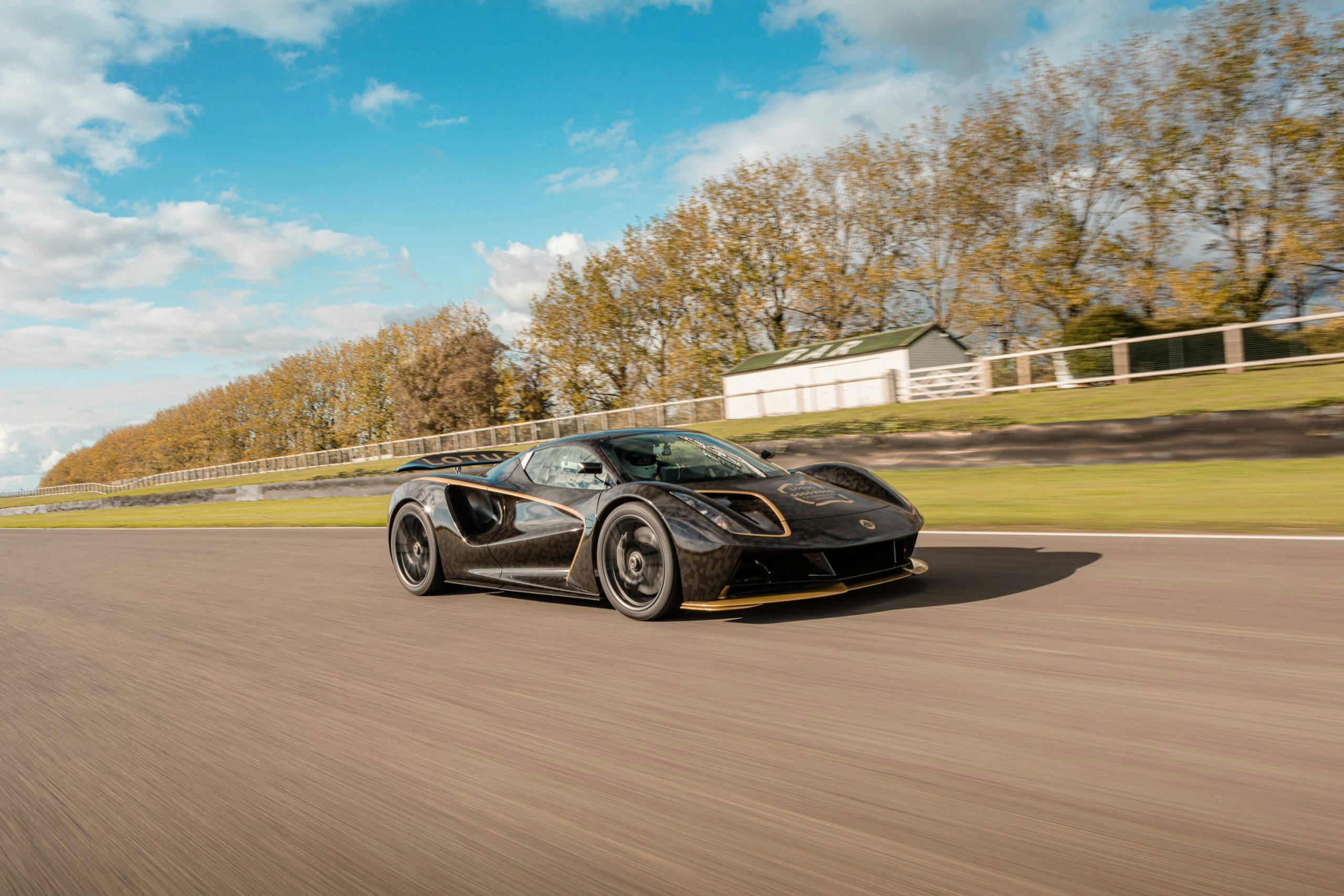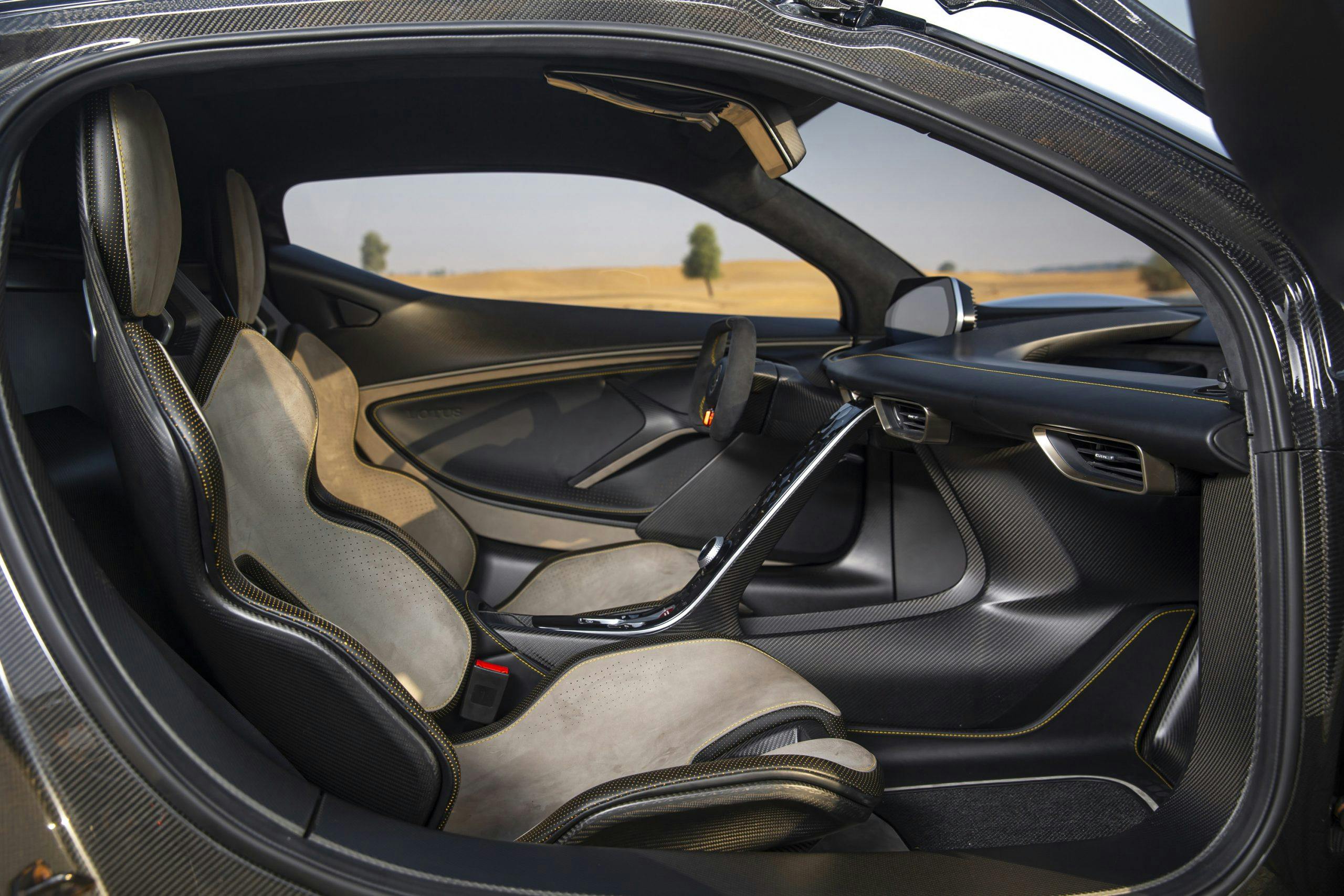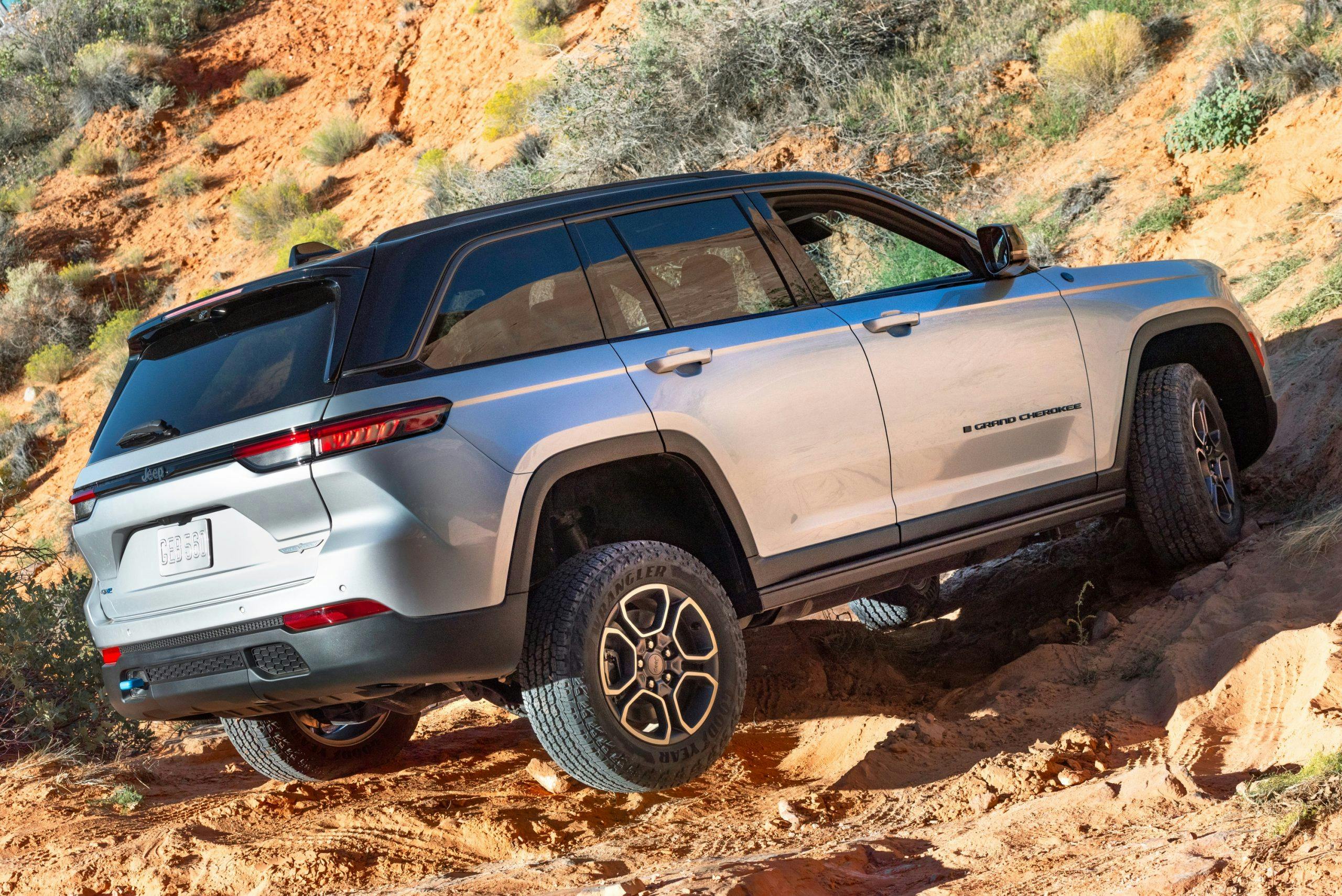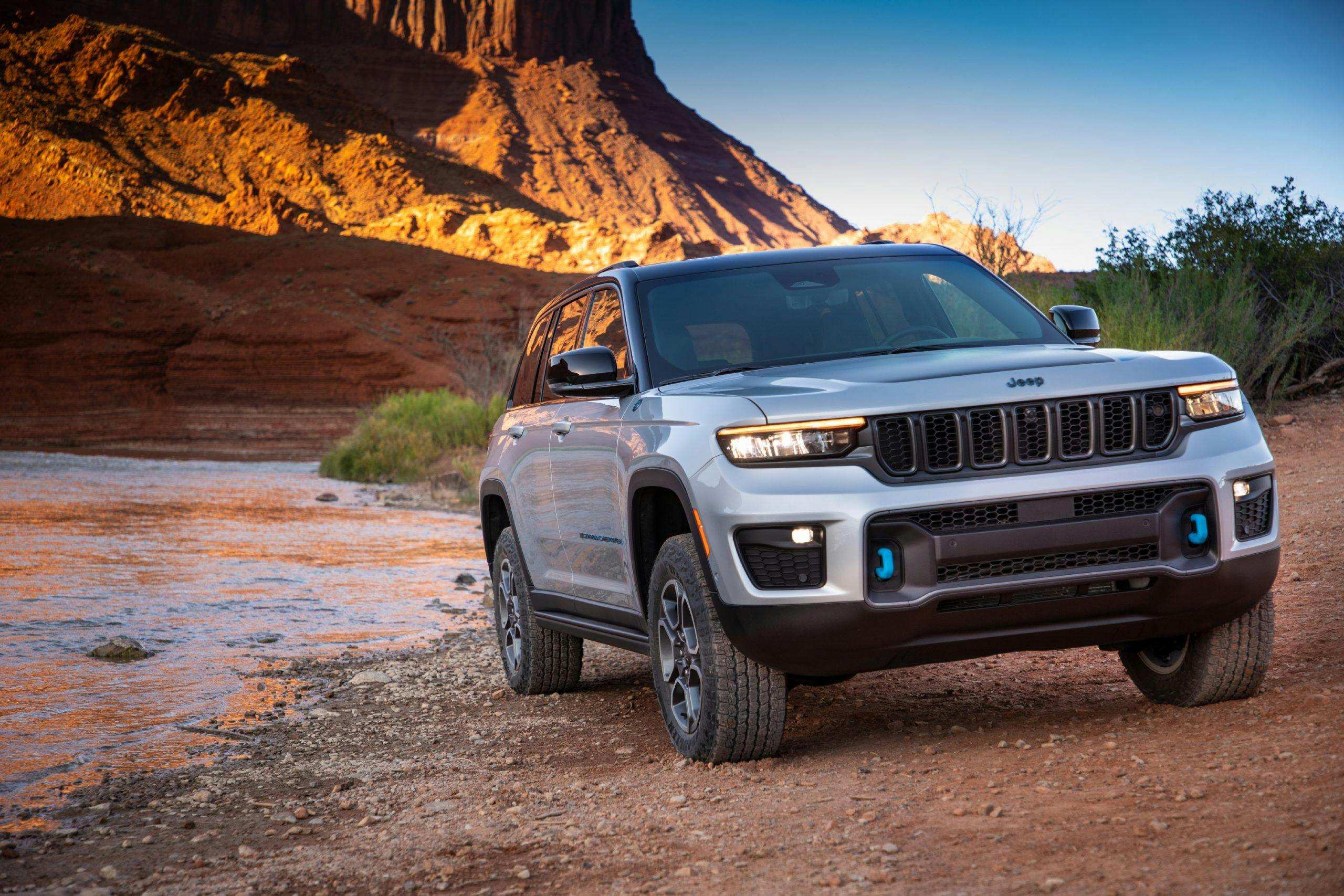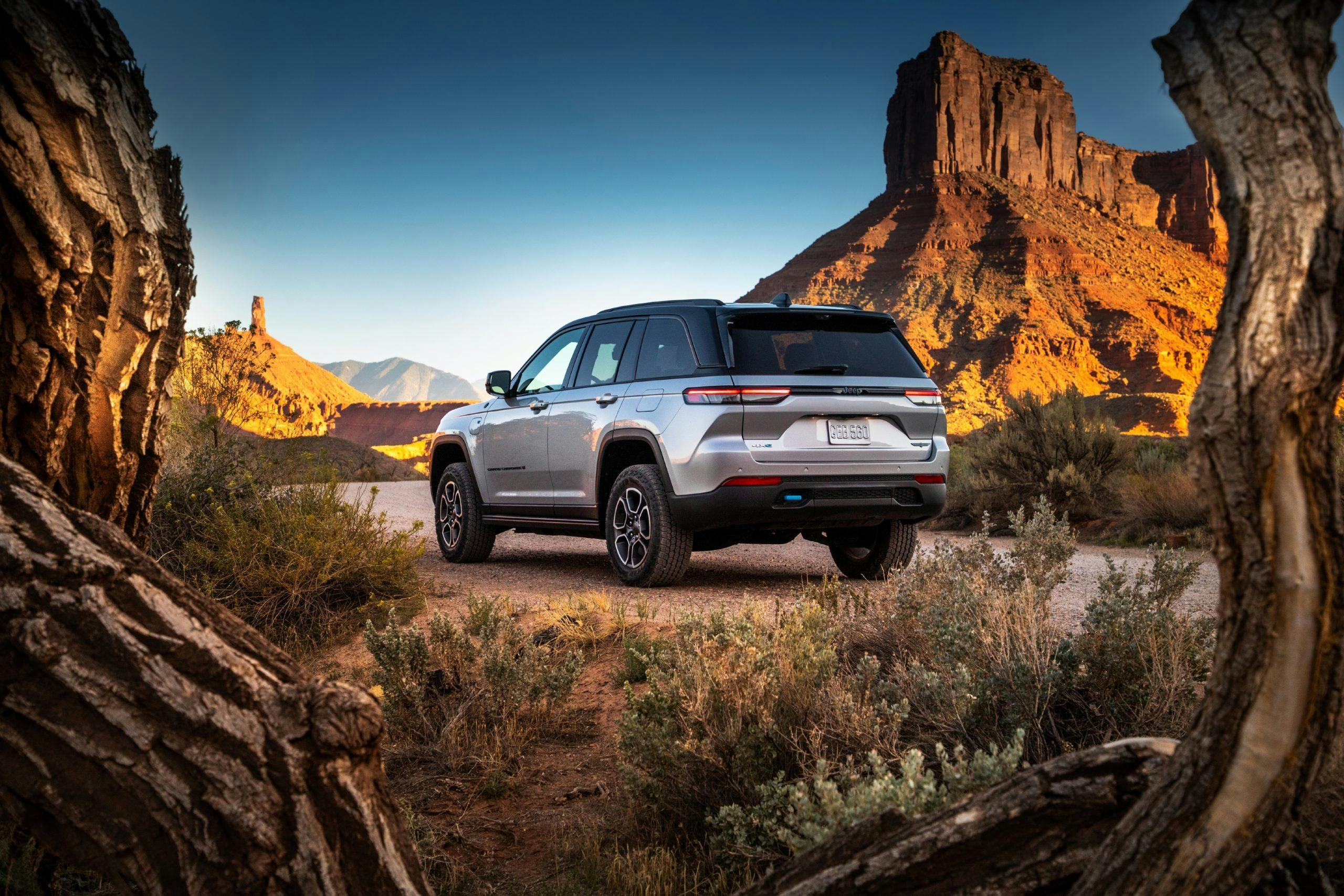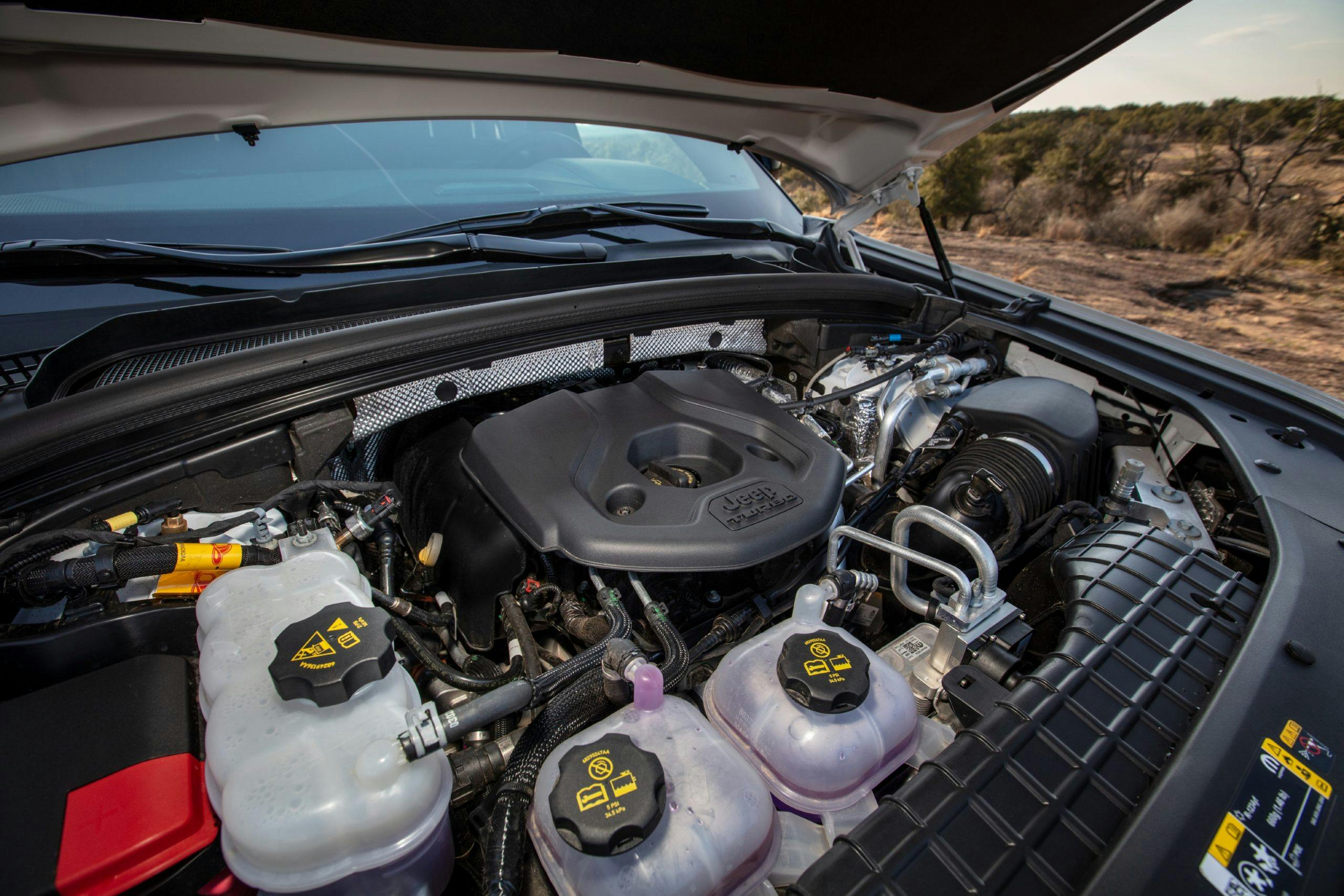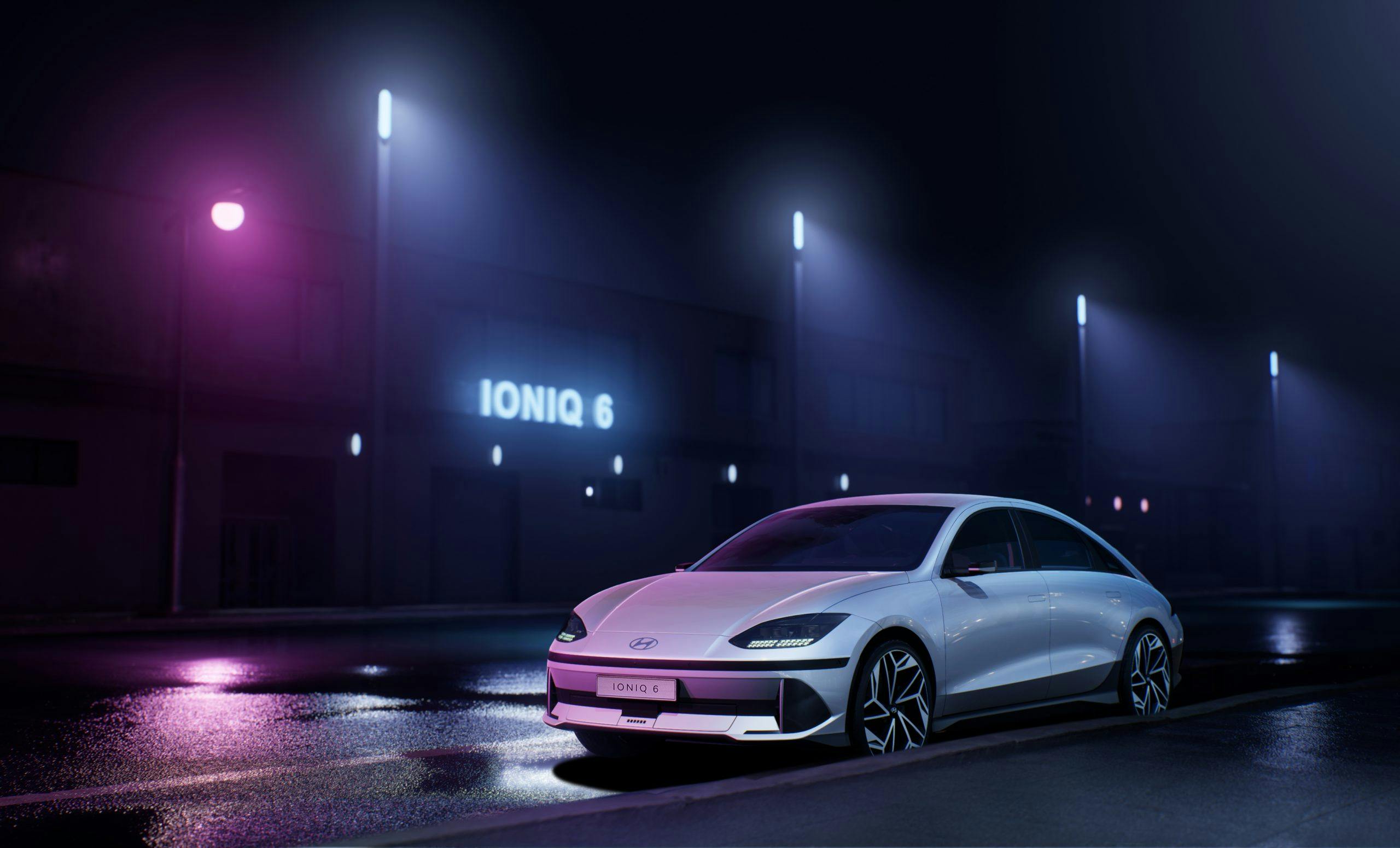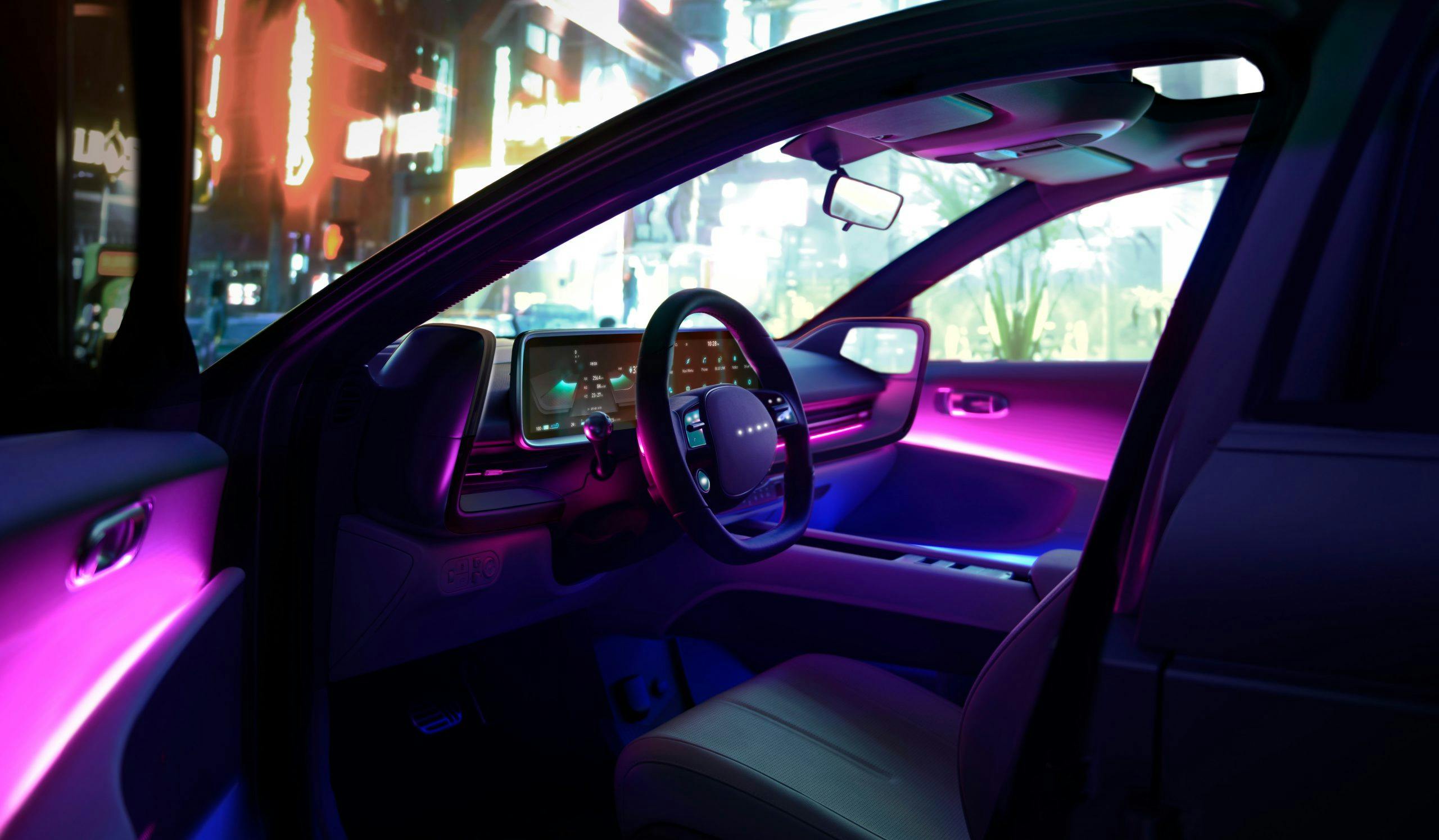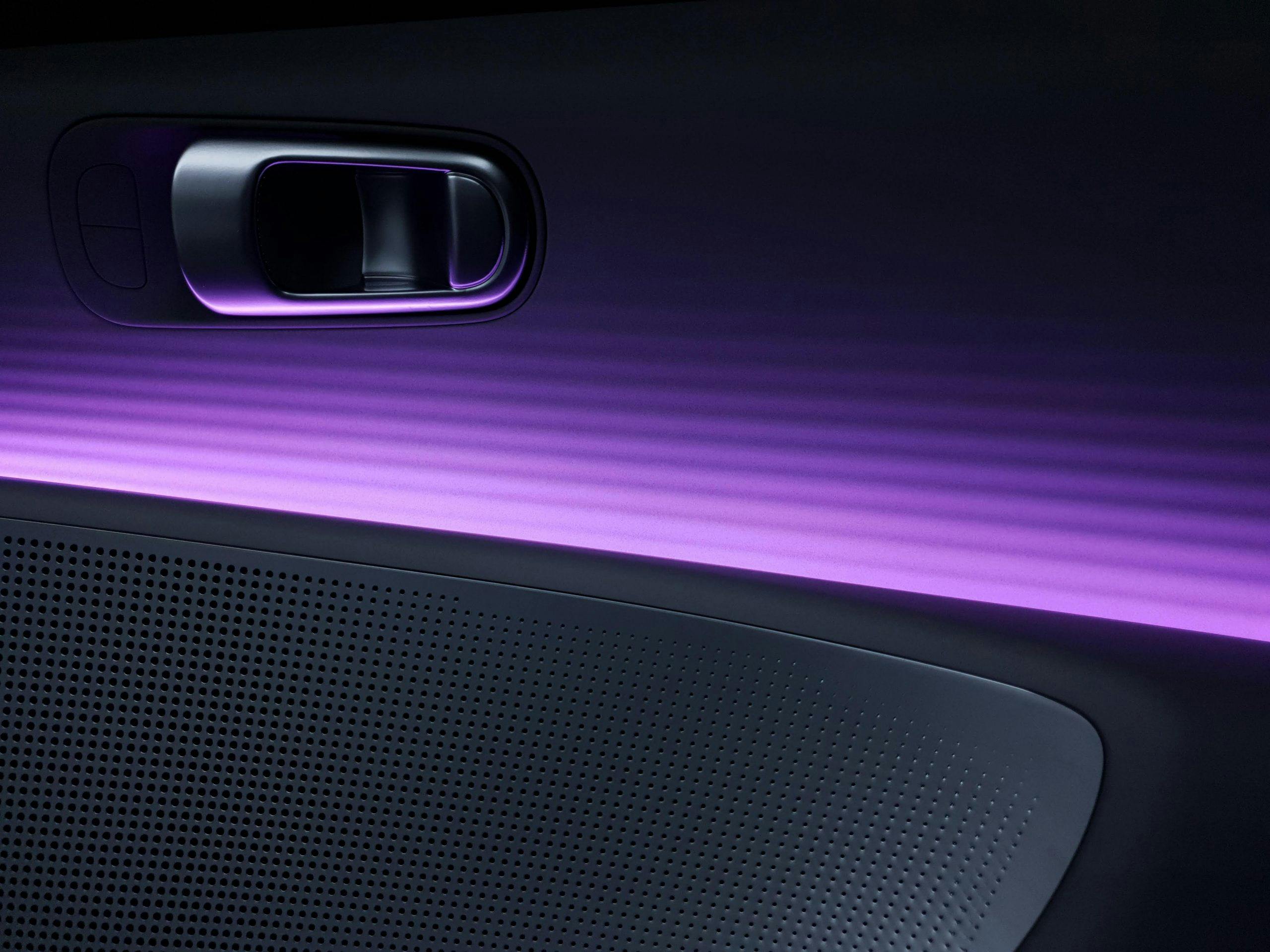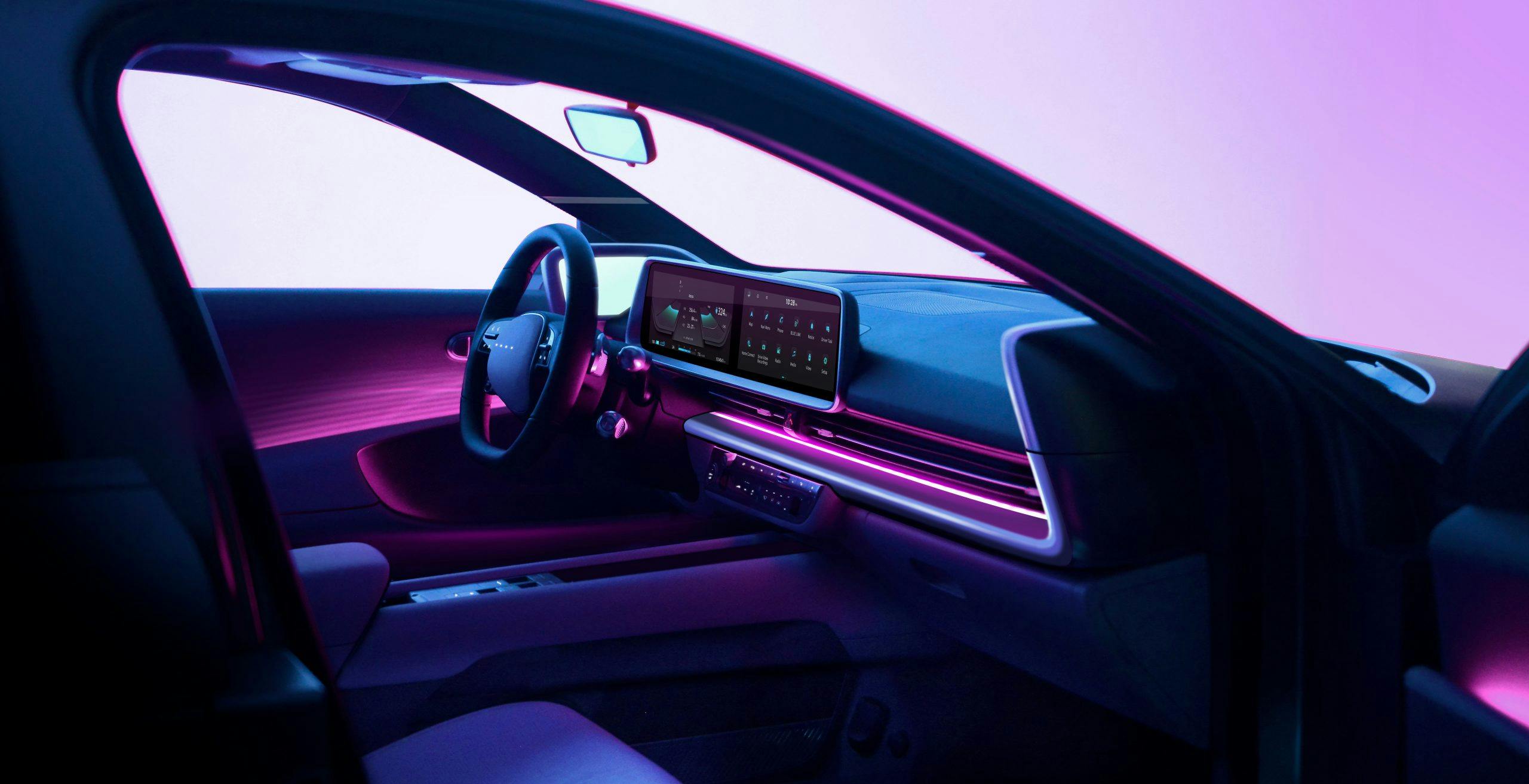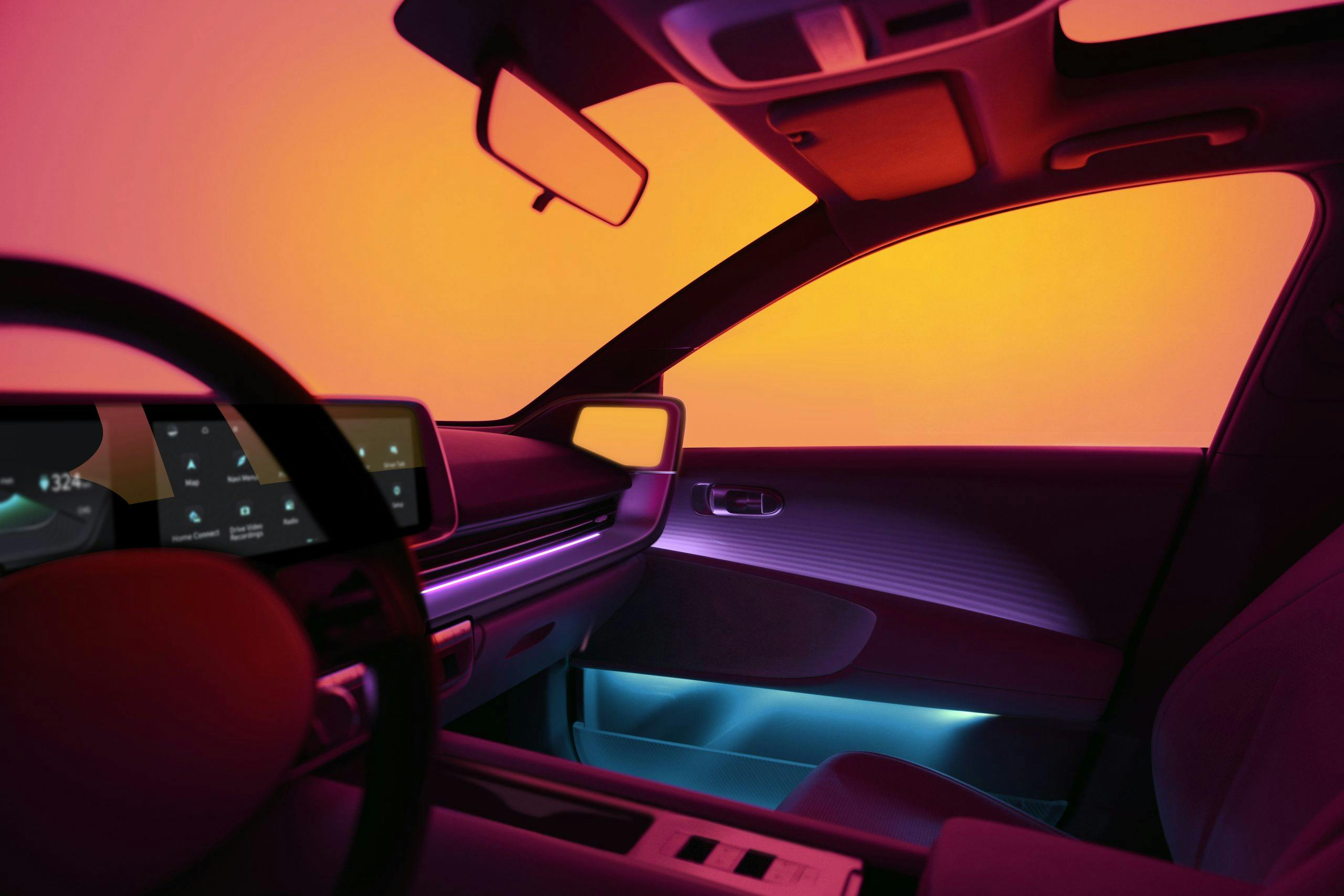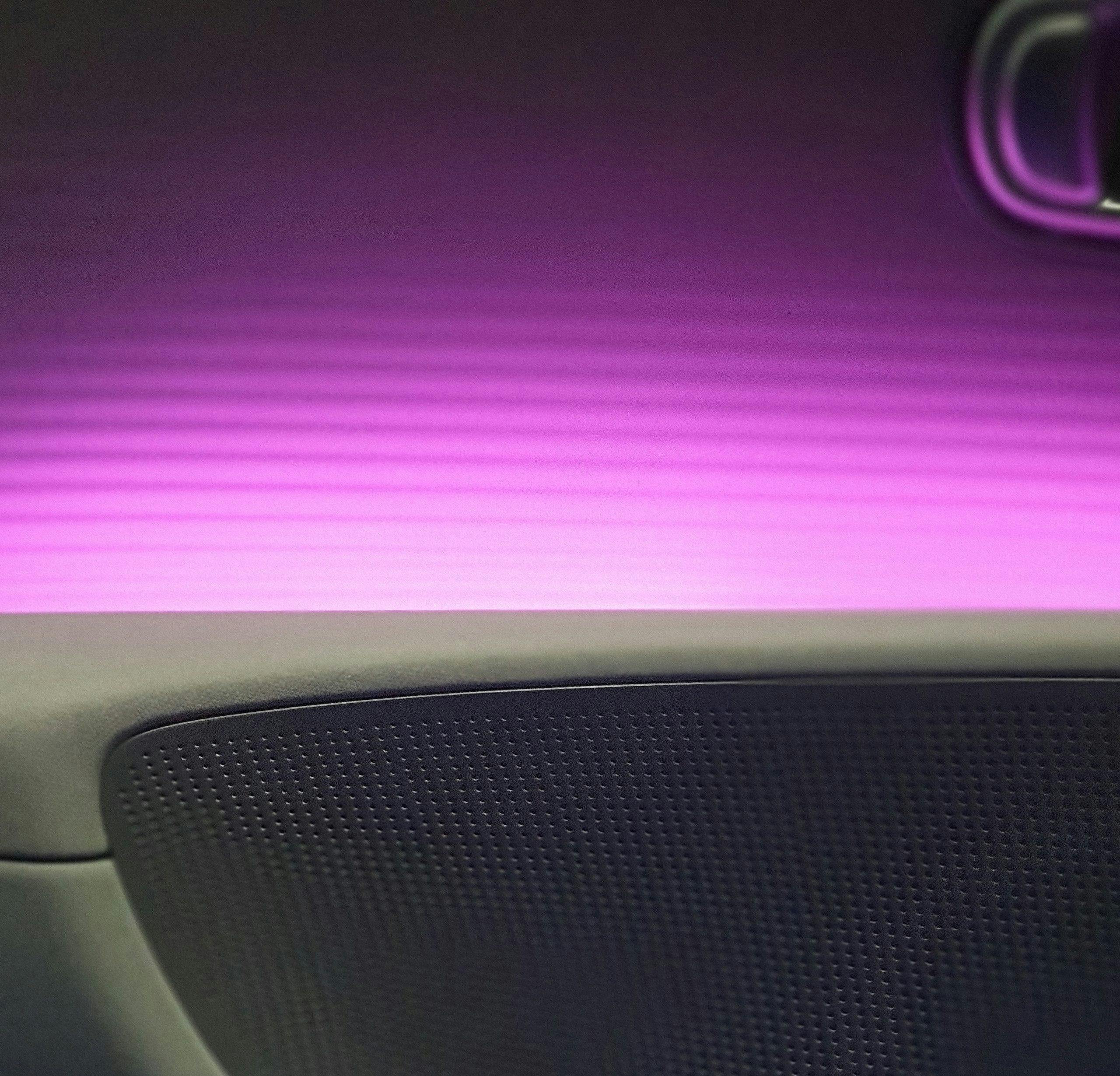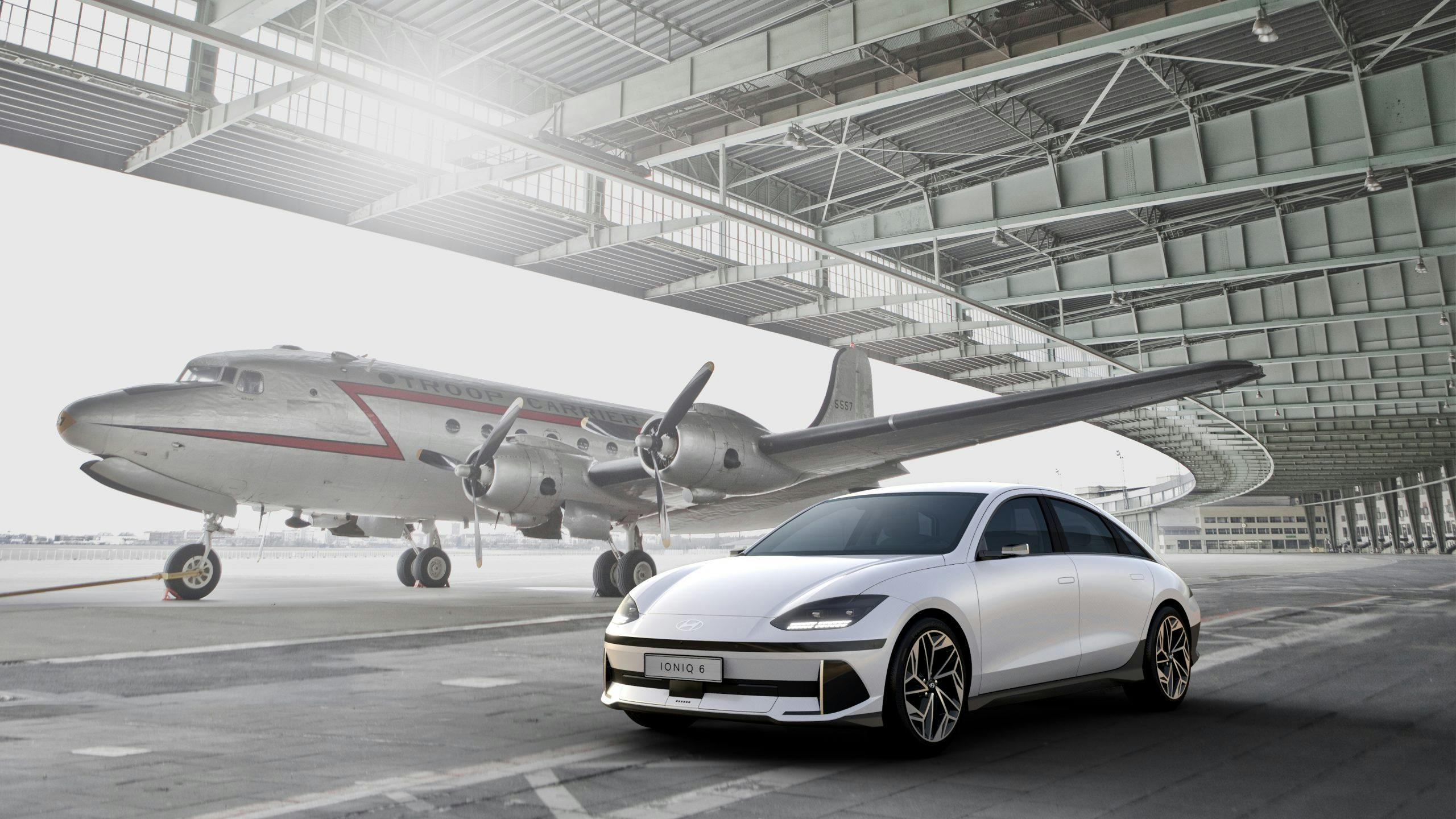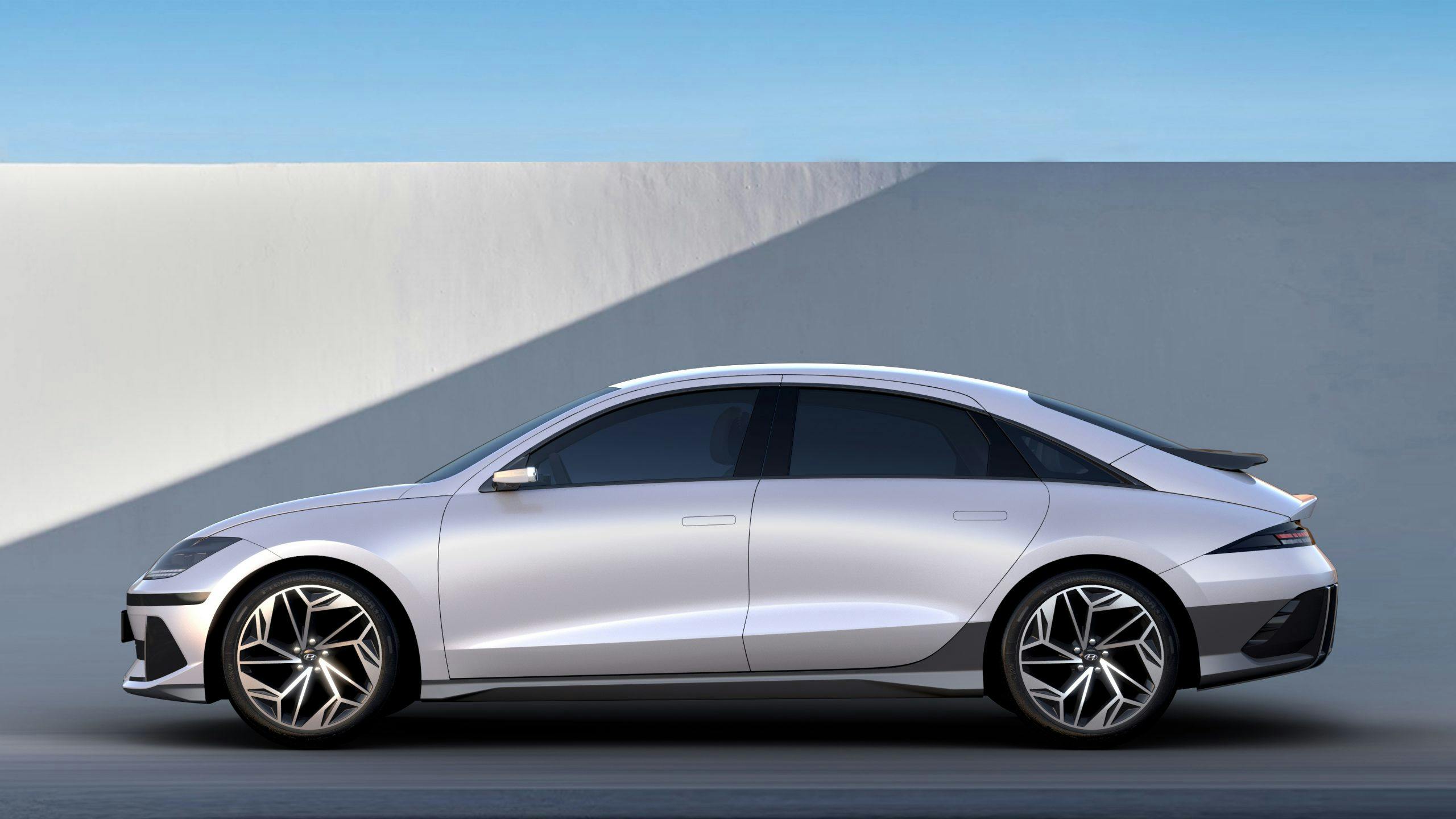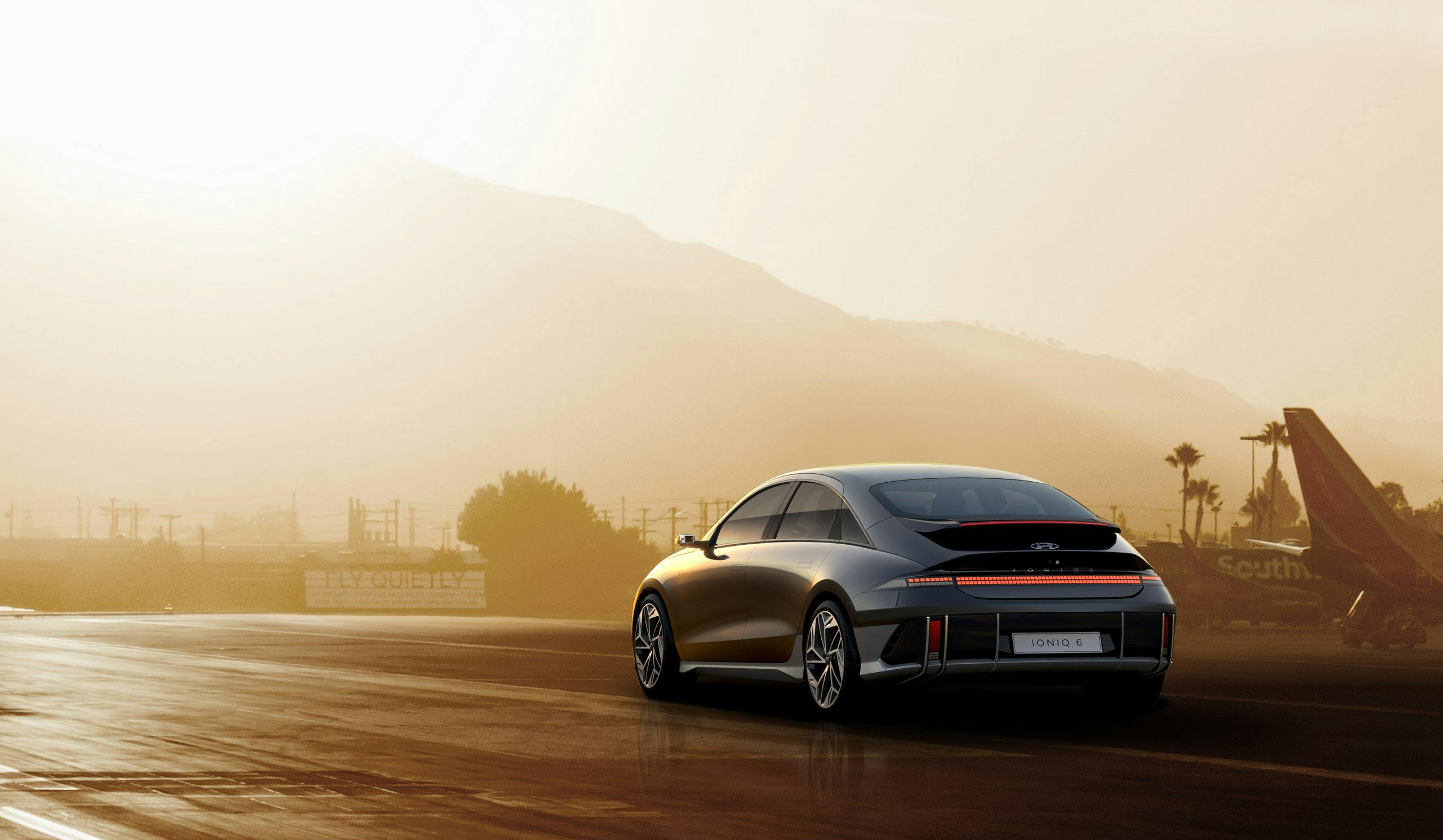Lotus’ first EV restomod due in 2023, Bowler’s Defender dons 35s, goodbye Express van
Lotus’ first factory-built electric restomod arrives in 2023
Intake: Lotus isn’t just looking to the future with its electrification ambitions; the British sports car maker has its eye on its storied past. According to Simon Lane, head of Lotus Advanced Performance, his new division is going through the archives and may bring never-before-seen designs to life while also re-imagining some of the brand’s most iconic models. “We’ve got a really good relationship with Clive Chapman and Classic Team Lotus across the road, and discovered some incredible designs that were done in the Colin Chapman era that never saw the light of day,” said Lane. “So wouldn’t it be amazing to bring one or two of those to life but maybe with a modern twist?” Lane also told Auto Express: “Some of the most iconic classic cars if you drive today, I’d argue they’re not actually that nice to drive. We can potentially electrify an Esprit for example—that’s something we’re thinking about doing.” The first example of such an electro-resto will be unveiled in 2023, he added. There is some hope for combustion-powered projects, though: Lane pointed to plans to use “existing platforms”—which would include that of its last ICE car, the Emira—for special runs of low-volume vehicles.
Exhaust: Lane does have a point. In the context of today the Esprit is a somewhat challenging drive, as our own Nik Berg knows all too well. Ditching its clunky Citröen transmission and leaky four-cylinder engine to create a trouble-free Esprit might not be such a bad idea. We can only dream of what Chapman-era designs may soon emerge … and we can fervently hope that Lotus leverages the Emira’s four- and six-cylinder engines for exotic, exclusive projects. It would be only logical for Lotus to ameliorate development costs by tapping into a nostalgic audience skeptical of the Evija and other EVs to follow. As low-volume, special projects, these hypothetical ICE cars wouldn’t threaten Lotus’ intended pivot to an all-electric portfolio, either.
Grand Cherokee Trailhawk goes hybrid-only for 2023
Intake: Jeep’s next-generation Grand Cherokee is off to a hot start, thanks to a knockout interior and convincing upmarket styling. The stalwart SUV just received a host of updates for the 2023 model year, and the biggest news comes in the powertrain department. The off-road oriented Grand Cherokee Trailhawk will now come exclusively with Jeep’s plug-in hybrid 4xe powertrain. The 4xe system blends a 2.0-liter turbocharged four-cylinder with a 400-volt, 17 kWh battery pack and an 8-speed ZF automatic transmission with an electric motor in place of the torque converter. 4xe-equipped GCs boast up to 25 miles of pure electric range, but the added juice from the battery can also be used to supplement the gas-burner for a total system output of up to 375 hp and a whopping 470 lb-ft of torque. The Trailhawk trim nets a few off-roading necessities, such as Jeep’s Quadra-Drive II 4×4 system with a two-speed transfer case with a 2.72:1 low-range ratio, an electronic limited-slip rear differential, a front sway-bar disconnect, chunky all-terrain rubber, and more.
Should you desire the plug-in hybrid drivetrain without the trail trimmings, you can also score a Grand Cherokee 4xe in base form, as well as in the ritzy Overland and Summit 4xe trims. That said, none of these will come all that cheap. Pricing for 2023 models isn’t out yet, but a base 2022 4xe will run you no less than $57,660. Meanwhile, the most modestly optioned Trailhawk 4xe rings in at $64,280, and fancier configurations can clear $70K with ease.
Exhaust: The move to axe the 3.6-liter Pentastar V-6 and the 5.7-liter Hemi V-8 from the Trailhawk trims comes as a bit of a surprise—now, the minimum cost of entry into this dirt-curious model jumps roughly $8000. If Jeep is working to improve its fleet fuel economy numbers, it’s hoping to move as many hybrid models as it can produce. This might be a case of addition by subtraction. Then again, it’s not like you’re giving much up in the way of off-road capability; a Grand Cherokee Rubicon 4xe completed the grueling 22-mile Rubicon off-road trail during final testing a while back—entirely under electric power.
Red Bull is building a hypercar, but not the Le Mans kind
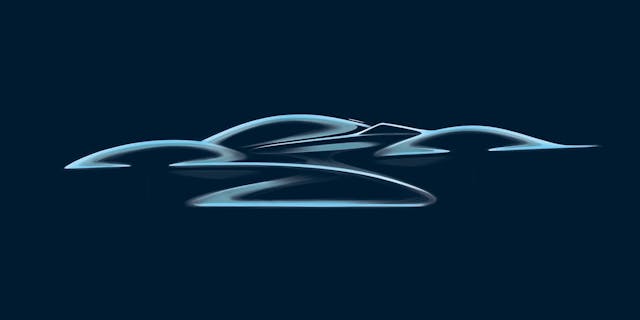
Intake: Here’s the official notice: “Red Bull Advanced Technologies, the high-performance engineering arm of Red Bull Racing Group, today announced details of its first hypercar project designed, developed, and manufactured entirely in-house.” Yes, Red Bull is building a sports car. It’s called the RB17, which is what its current Formula 1 car was to be called before COVID slowed the progress, and Red Bull, under Chief Technical Officer Adrian Newey, will build 50 of the carbon-composite, two-seat cars to sell for 5 million pounds – which works out to $6,064,500 apiece. Newey, who told Motorsport it was “the obvious thing” for Red Bull to pursue, has long had interests outside of F1 and participated in the collaboration with Aston Martin on the Valkryie, which unlike the RB17 was street-legal. “The RB17 distills everything we know about creating championship-winning Formula 1 cars into a package that delivers extreme levels of performance in a two-seat track car,” said Newey. “Driven by our passion for performance at every level, the RB17 pushes design and technical boundaries far beyond what has been previously available to enthusiasts and collectors.” Engine is a twin-turbo, hybrid V-8. Better get your name on the list quickly: “Expressions of interest” may be made at RB17@redbulladvancedtechnologies.com.
Exhaust: It’s a little confusing that Red Bull, known for its motorsports exploits, should a hypercar, because “Hypercar” is the name the World Endurance Championship is using for its new LMDh (Le Mans Daytona hybrid) race car that will compete at the 24 Hours of Le Mans (IMSA is classifying its LMDh entries under the “GTP” label). So at first glance, it appears that Red Bull is joining the sports car motorsports ranks. But the RB17 is a dedicated passenger car with two seats, and no real path to Le Mans unless Red Bull decides to homologate the track-only car for full racing duty. Race cars and passenger cars, even if they are “track cars,” are two different things, but Red Bull appears intent on building the RB17 as close to that line as possible. And building it quickly: Deliveries are projected for 2024.
You’ll be bowled over by this Extreme Defender

Intake: Land Rover Defender tuner Bowler has released a new Extreme edition. Sitting atop massive 35-inch BF Goodrich tires on bead-lock alloy wheels, the Extreme boasts a Fast Road suspension setup with a two-inch lift. Its body is enhanced with chunky extended wheel arches to accomodate those changes. A new lightweight front bumper is installed and there’s an external rollcage and roof rack with LED lighting. Sill protectors, upgraded hinges, and a rear step kit complete the exterior modifications. Inside, there’s a re-trimmed cabin with a blend of leather and performance fabrics, a Momo steering wheel, and the customer’s choice of audio upgrades. The turbodiesel engine gets a Stage 2 tune, with a remap, a race-spec intercooler, and the removal of the exhaust center box boosting power to 177 hp with a mighty 332 lb-ft of torque. A big brake kit from Alcon slows it all down again. The Extreme can be built from 90, 110, and 130 Defenders—you just need to provide a donor vehicle.
Exhaust: Bowler made its name building high-performance off-road rally cars, so its road-going mods are tried and tested. Bought by Jaguar Land Rover in 2019, it’s now part of the SVO division making the Extreme essentially a factory-approved conversion. This or an AMG-fettled G-Wagen? Decisions, decisions …
Hyundai Ioniq 6 to battle Tesla Model 3 with retro styling
Intake: There’s something very neoclassic about Hyundai’s new Ioniq 6 EV sedan—it’s a far cry from the jagged and brutalist styling of the Ioniq 5 CUV. While we are likely to get specifics next month, we know the 6 is heavily based on the goodies that make the Ioniq 5 so appealing. The wrapper for this specific package is both impossibly sleek outside (0.21 coefficient of drag) and possesses a suitably upscale interior. If these photos are any indication, the Tesla Model 3 is likely to be in dire need of a re-design to remain competitive.
Exhaust: We were teased the Ioniq 6’s design via the Hyundai Prophecy concept, but the seemingly production-ready 6 is noteworthy for hewing very close to the original’s spirit. Such truth in concept-car design is a rarity these days, but perhaps less surprising considering the Ioniq 6 shares the swoopy, sleek, and low-slung DNA of Hooper-bodied cars of the prewar era. That’s a neoclassic theme that’s been revisited in the past, from the slant back Seville to 1993’s Lagonda Vignale concept car. It’s great to see this design notion get another lease on life, and we can’t wait to see the retro two-tone paint schemes that will inevitably be applied to Hyundai’s latest EV.
GM’s Express, Savana vans to be replaced by EVs in 2026

Intake: The latest changes, as Chevrolet continues its shift towards electric powertrains, are the deaths of the Express and GMC Savana vans in 2026. The plan is to use a reduced-capacity version of the BrightDrop Zevo 600 platform that was announced at CES earlier this year. This essentially scales down an electric architecture planned for large-scale distribution networks to consumer- and trade-level use. Current Express and Savana production is low and most buyers are paying up to $15K over MSRP—all while chip shortages force them to opt out of certain features.
Exhaust: The GM work vans are dinosaurs in the modern landscape, but that’s partly what endears them to buyers. Big-displacement, under-stressed V-8 powertrains and simple features make these machines long-lasting, hard-working, and relatively easy to maintain. Up against the complicated, turbocharged Ford Transit or the power-lacking RAM Promaster, it is easy to see why Chevy can’t keep Express vans in stock.


